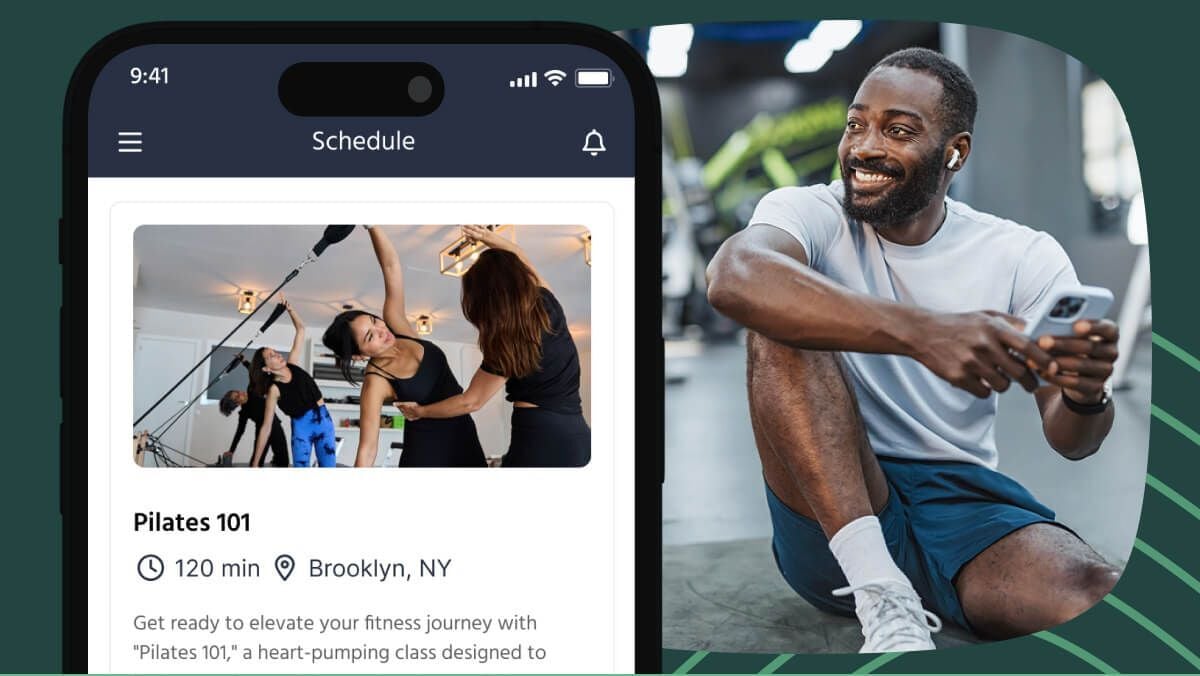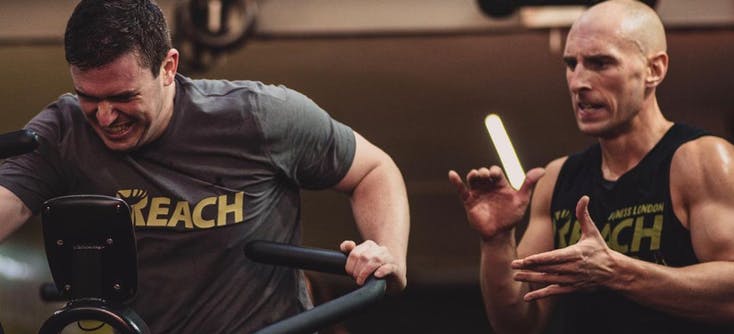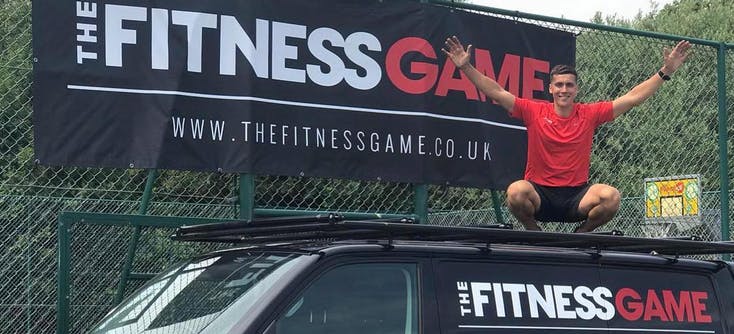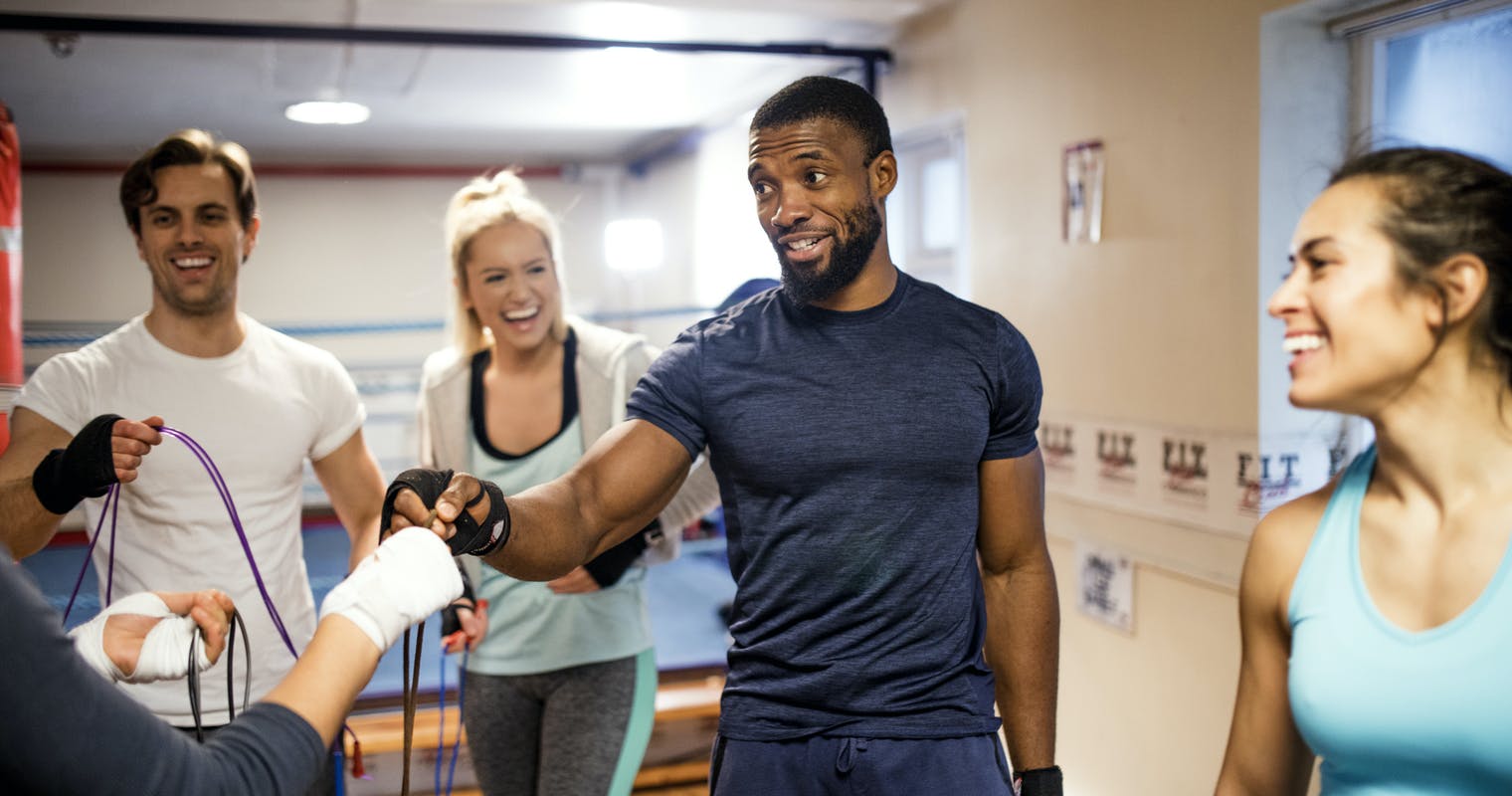What is this article? This is part of our new marketing series helping fitness owners learn what they really need to know to market their businesses. This is guide #4 of 7. To find the other guides, return to the overview page, here.

In our previous guide on how to use SEO for your business, we discussed why SEO is important and how you can adopt its principle strategies to attract customers to your website. In this guide, we will show you how to put your new skills to good use by showing you some case scenarios where you can use SEO to boost your website's ranking on Google. Let's get started.
Adding SEO onto your web pages
As you now know SEO is incredibly important for boosting your rankings on search engines such as Google. The more effort you put into your SEO strategy, the better likelihood that it will work in attracting visitors to your website.
But with SEO we're not just talking about adding some keywords here and there to your website all of your pages and blog. In fact, there are actually quite a few places on your website built into the pages where you can add your targeted keywords and get your website your desired boost. In this section, we break down those areas and how to use them appropriately and strategically to add in your keywords.
As a quick reminder, the examples below are shown using Square and the website of Clare Eaton, owner of Feel Good Health and Fitness. Within your own website hosting platform, you too will have access to these features, they might just look slightly different.
SEO on landing pages
Your homepage is typically the first touchpoint into your website and when searching on Google, what a visitor is most likely to find first. Filling your homepage with helpful keywords about your services (ie. types of classes), what you can help customers achieve (ie, weight loss, boost in endurance, fitness goals), and how they can get started (where to book, how to book classes) is helpful in directing customers to buy into your business and purchase a class or membership.
While it is not recommended that you flood your homepage with every keyword in the book and every single word you're targeting it is important to put them in the places where Google might see and direct people to your website searching for those terms.

How to go about strengthening your website's visibility and landing pages with SEO
As you will do this for your homepage, you will also want to do this with any other landing page on your website that customers might find when browsing the web such as your Booking page, your FAQs page, you're about us page, and so on. Once your keywords are on all of your landing pages, you're one step closer to boosting their rankings.

SEO in page settings
Each of the pages of your website has its own settings where you will see the options for general, SEO, and social. The general page shows your page name, as what you want it to be listed as on your actual website and the URL.
In the SEO settings section of your page settings is where you will see how your web page appears in search engines. Each search result shows the,
- SEO page title
- SEO page description
- Search visibility (if you want to make it visible to search engines).
When first publishing a web page, Square (and the system you use) will take words and sentences used within the context of the page and auto-fill them. While this works, fine, if you want to really improve your SEO, you'll include your keywords here instead and title the pages that people will actually be searching for and want to find on that page.
Before:
Here is what Clare's homepage SEO looked like when her website was first published:


As you can see while this includes some helpful words, those aren't exactly keywords that will make her website stand out on search engines, and a new customer won't necessarily know what home is other than assuming that's probably the homepage.
The key to keywords in this context is making it as clear as possible what your business is and what you are offering. The second part of the heading really takes care of itself in no small part thanks to the name of Clare's business. "Health and fitness" is unsurprisingly a fairly well-searched keyword, and both the heading and description use it. However, using keywords like "health and fitness", "HIIT classes", or "fitness goals" in the description poses one problem; they're keywords that a lot of fitness businesses will be trying to compete for. Using one of those keywords is great, but it's important to find keywords that you can use to describe your business as specifically as possible to limit the amount of competition you'll face on Google.
After:
Once Clare's SEO strategies were applied to her page and she wrote in the keywords and proper titles, her homepage was much more accurate to describe the type of information people would find on this page and want to know.

The secret here is using a wide range of keywords in a structured way. Equally important is the relevance of the keywords that Clare decided on to build her SEO title and meta description. Below you can see the main topic areas that we searched on Keyword Planner and the search volume per month for each of them.

The first thing to note is that the keywords we've researched are all relevant to Clare's business and target clientele. We now have to find out the best ways to use these keywords, and there are a few things we take into consideration when doing this.
- The best way to amalgamate the keywords
- Which keywords we can compete for
- Choosing which keywords are suitable for the title and which for the meta description
Looking at the keyword results, we can see that "online" and "weight loss" have an incredibly large monthly search volume. It may seem like the obvious tactic to use them as much as possible to get noticed by google. However, hold your horses!
For an independent business, while using these highly searched keywords is good as an SEO strategy, it won't work on its own for the simple fact that you'll be competing against a large number of similar businesses. As such, incorporating those high ranking keywords with ones that have less competition is the next best thing.
How having a clear name contributes to search volume
As we established earlier, the name of Clare's business takes care of itself with the use of "health and fitness". The first part of the title is a way to grab the attention of potential customers looking for the type of classes you offer so it needs to be as clear as possible. From the title we've used for Clare's website, you can clearly see we've used a really strong keyword and combined several others. Combining keywords is a good way to increase your chances of going up the rankings in Google, but it has to be done logically. By adding in your exact location, you're tapping into local SEO. It may seem obvious, but people in your area will be searching for classes in your area, so don't overlook adding the name of your town into your title.
The description underneath is brief, uses a number of keywords, and also clearly explains what Clare's classes offer. The other thing to note is that we have repeated "Ladies fitness" from the title. This is a good way of telling Google that this is a search term that we consider important. The headings in both your SEO title and in your blogs and articles highlight important topic areas for readers and Google alike. By adding them into the text, it's like telling Google, "OVER HERE!" without having to overload your content with keywords in a non-sensical way.
How to optimise your creative content using simple SEO tools
SEO in blog posts
As a part of Clare's SEO strategy, she is writing and publishing one blog a week to her website. By doing this, Clare will be utilising keywords on a regular basis to improve her website's visibility on Google. Blogs are a tried and tested format to help improve rankings and visibility on Google, in part because of their use of keywords.
As well as this, Clare will be creating links in her blogs. Linking is an important part of blogging. First off, you want to create a trail with links to your other blogs and the different pages on your website. You're essentially keeping people using your website, which all gets picked up by Google, and encouraging potential customers to take the next step and book a session with you.
Use outside links to boost your visibility on Google
Another useful tool when you're starting out with blogs is adding links. First and foremost, you want to add relevant internal links. What you're doing is creating a network of articles, keeping readers on your website and essentially telling Google that searchers like your content. However, you cannot rely solely on your own articles and blogs. Google is intuitive and can see through that. And if Google catches you out, whether it be from keyword stuffing or using links incorrectly, you'll start dropping down the rankings. Not what we want.
External links (aka inbound links or backlinks) need to be added, but you can still be a little sneaky here. You can add them towards the end of your article. That way your readers have seen, and hopefully clicked, on your links and had a good old gander of your content. But add those external links we must. This is actually no bad thing. By selecting links to other websites that are relevant to your content, you're building what is essentially an online reputation.
How to use domain authority to rise up the rankings
Firstly, what is domain authority? Simply put, domain authority (DA) it's a metric that's used to assess the "rankability" of a website. The higher the domain authority, the higher up the Google rankings you go. It essentially means a website has implemented certain SEO measures which have resulted in Google assigning an authority scale of anywhere between 1-100.
You need to pick a website with a higher domain authority to help boost your own rankings, and it's easy to find out your domain authority and by extension, an external link's DA. The easiest way is to add Moz as a Google extension (There you go, even we're using external links!). This free tool will show a websites domain authority as well as the page authority of the specific page you're potentially going to click on.

As you can see, our page authority (PA) is 41/100 and our domain authority is 44/100. If we want to add external links to our content, we need a site with a higher DA, and preferably a higher PA.

Google Ads—the home of Keyword Planner—has a higher PA and a really, really high DA. Hardly surprising since Google tools and extensions are some of the most used and searched for pages and websites.
Blogs are seemingly simple things, used to express ideas, reviews, or simply as an advertising strategy. But actually, their importance can't be understated from an SEO perspective.

Prior to adding her blogs to her website, Clare wrote the first draft, and while that draft was great for telling the stories she wants to share, they could be improved by adding in some of the keywords she will now target to make her content SEO-friendly.
We took a section from one of her blogs to show you where keywords are and why they were added to this language:
Using the tools we explored in part 1 of our SEO strategy we took a paragraph she wrote:

As we mentioned before, using a keyword in a heading and repeating it in the main text is a good way to get Google to notice the keywords and phrases we want to rank for. We kept the keywords relevant to the topic of the overall article, Age is Nothing But a Number, which encourages Clare's readers and clients to pursue fitness no matter how old they are. "Physical and mental benefits of exercise" is another example of two different keywords working together. The whole phrase ranks at 170 searches per month, but mental benefits of exercise has 1,300 hits a month in the UK. At this search volume, both phrases are ones we can hope to compete for.
You can also see that we used "achieve your fitness goals" as a keyword in this section. A good rule of thumb when it comes to keywords when you're writing between 500-1000 words is using one or two per heading and per block of text. That way you're keeping those keywords working for you without keyword stuffing.
Next steps: writing blog content
Once your SEO strategy is in place and you know what keywords and topics you should be targeting it's time to get started writing blog posts. The next guide in this series will cover all of the blog writing topics and structure you need to drive traffic to your website, attract visitors, and create engaging articles filled with your SEO keywords. Start reading guide #5, here.










